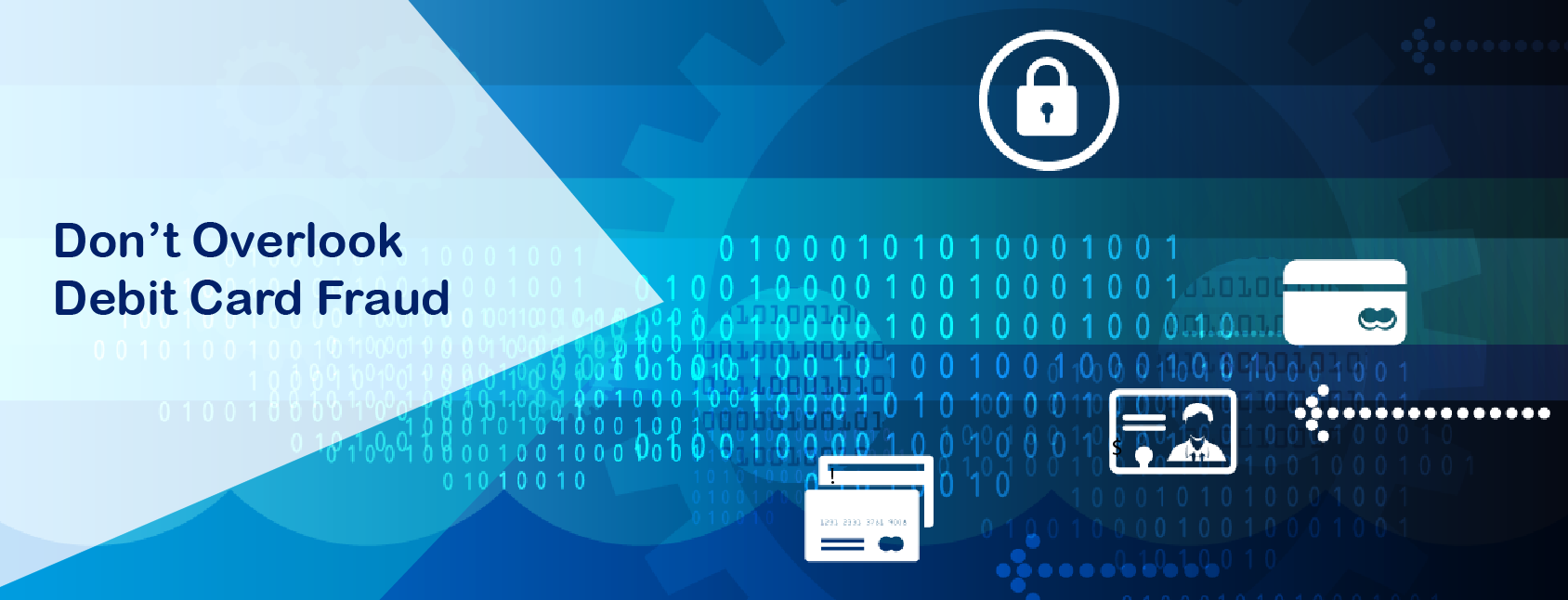Both credit card fraud and debit card fraud are huge threats to merchants. The good news is that this fraud can be prevented with the right approaches, technologies, tools, and awareness.
The key to preventing card fraud is understanding how it happens and then reviewing your business systems to identify your risk areas. Knowing this information allows you to both detect and prevent fraud, while strengthening your overall processes.
Card Fraud Schemes
Fraudsters are incredibly savvy and have developed some intelligent methods of committing card fraud. These fraudsters also depend on merchants not knowing how card fraud is committed – making it easier for them to go undetected. As the first line of defense against card fraud, be on the look-out for these savvy fraud schemes:
- Stolen credit card details. Fraudsters steal and then often sell credit card details on the Dark Web. These criminals attempt to make purchases with or acquire new credit cards with these details.
- Card testing. This is how criminals test or verify their stolen credit card information. Starting with small purchases to validate the card data, the criminals then move on to large purchases.
- Diverted delivery. Fraudsters have the delivery sent to an address that is not connected to the credit card. Because the address verification service (AVS) does not review the entire address, the address mismatch can be overlooked.
- Online skimming. Criminals prey on security flaws in online payment solutions and hack customer data. Often, criminals can acquire complete customer details including passwords, phone numbers, address, and order history.
- Fraudulent gift cards. Using stolen credit card details, fraudsters buy gift cards and then use them to make purchases or sell to other criminals.
These card fraud schemes are effective in breaking a the bond of trust between you and your customers. Your customers no longer trust your online payment solution or security measures. You no longer automatically trust new and long-time customers and have become suspicious of large orders, a change in address, or a new credit card number.
Preventing Card Fraud
Card fraud does happen but it doesn’t have to happen to you. Now that you understand how fraudsters are likely to commit fraud and theft, you can take action to protect your business and customers.
Knowing who you’re selling to, how you’re selling to them, and where your customers are shopping from can provide you what you need to prevent card fraud. Using a multilayered approach allows you to use the technologies that make sense for your business and customers. Contact us to learn more about these fraud detection and prevention technologies:
- Geolocation. Verify the location of the customer with the actual location of the active card.
- Biometric analysis. Compare the customer’s fingerprint with that of the cardholder.
- Address verification service. The issuer compares the address provided during the transaction.
- CVV. Additional credit card security code required during the final payment authorization.
- IP Intelligence. Deep analysis of the IP address used for the transaction to monitor possible risks associated with this location.
- Device intelligence. Deep packet inspection and proxy piercing capabilities to expose specific identifying details of the connected device submitting the transaction.
- 3 Domain Secure. A cardholder authentication protocol for e-commerce transactions and CNP purchases.
- Merchant co-op. New orders are compared against millions of orders taken by other merchants.
- SSL. Secure encrypted communication protocols between devices and payment solutions.
Having a proven and tested card fraud prevention solution in place is a necessary component of running a successful business. Fraudsters are looking for merchants who are blasé about the threats of card fraud and will slowly but surely damage the business and its customers.
Learning More About Card Fraud Prevention
The following Verifi resources can help you learn more about card fraud prevention. Do visit our Resource Center and Knowledge Base to learn more about protecting your business from fraud.
- CNP Fraud and Your Business
- Card Not Present Sales and Preventing Fraud
- Fraud Protection Lessons from Goldilocks
- Protect Payments and Prevent Fraud with CyberSource Tokenization
We are your trusted partner in fraud detection and prevention. You can contact us to learn more about preventing card fraud and protecting your business.




